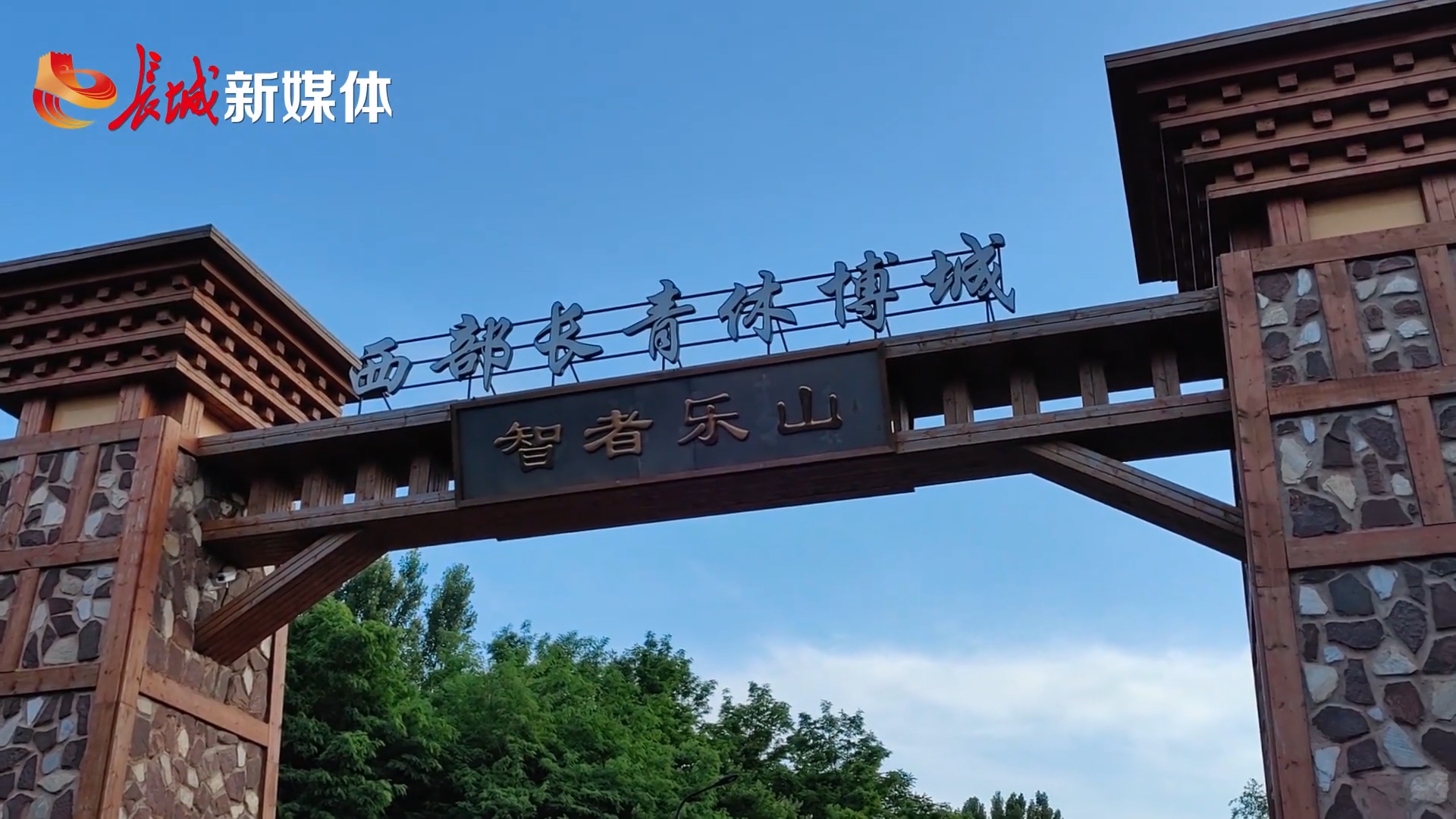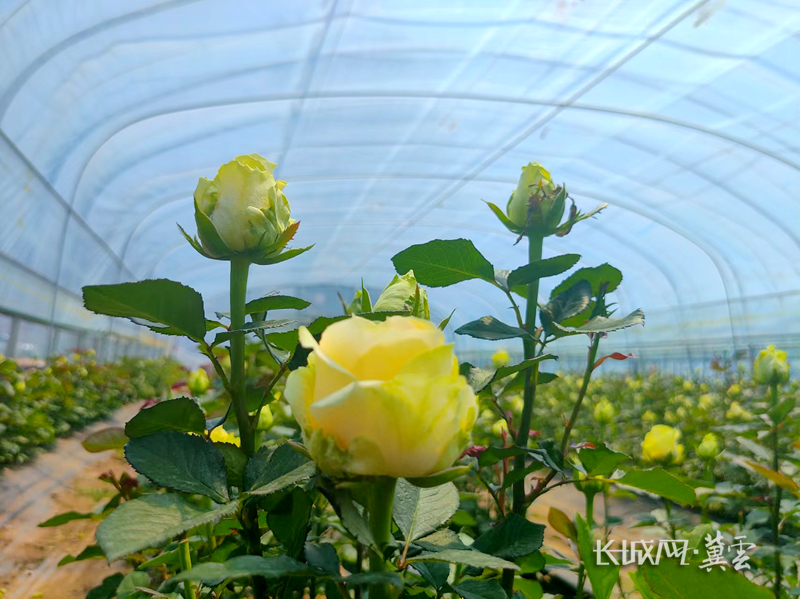
Consumers line up to buy milk tea at a Naixue outlet in Deyang, Sichuan province, in October. [Photo/China Daily]
With China fully unleashing the vitality of its consumption sector, businesses offering hundreds of new-age teas are fast evolving toward a boom.
Zhang Shuai, head of a franchised milk tea store in Cangzhou, Hebei province, said the fourth-tier city is already home to a bunch of milk tea brands. Attracted by strong consumption demand, Zhang joined a franchised milk tea chain. Ever since the opening of his franchised store in February, business has been substantial. In the first month, sales surpassed 500,000 yuan ($69,057).
Zhang's milk tea outlet is one of more than half-a-million such stores across the country that are tapping into the prospects unlocked by the new-style tea beverage sector.
According to a report jointly released by the tea and new beverage committee of the China Chain Store and Franchise Association and the Meituan Research Institute, as of Aug 31, there were roughly 515,000 new-style tea beverage outlets in the country, up 36 percent from the level at the end of 2020.
That piece of data disproved rumors that the sector is waning. In 2023 alone, 12,421 new tea beverage-related firms were established, corporate data provider Qichacha said.
Furthermore, Askci Corp, a Shenzhen, Guangdong province-based market consultancy, estimates that China's freshly made tea beverage market will rake in 257.8 billion yuan in revenue by the end of this year.
"Within five years of its development, China's new-style tea beverage sector is entering a stage where large, medium and small enterprises can all flourish. The consumption structure is comprehensive and multi-dimensional. As a result, consumers' diversified needs are further met," said Zhu Danpeng, an independent F&B analyst based in Guangzhou, Guangdong province.
The 2023 financial report of Shenzhen-based milk tea chain brand Naixue showed its sales revenue surged 20 percent to nearly 5.2 billion yuan. Operating profit grew 76 percent to 829 million yuan, while operating profit margin was nearly 18 percent, 5.9 percentage points higher than the previous year.
Naixue owes its strong performance to profits earned by outlets in third — and lower-tier cities. During this year's Spring Festival, sales revenue of Naixue's franchised outlets in Shishi and Longyan in Fujian province both surpassed 450,000 yuan. On Women's Day (March 8), a Naixue outlet in Haibowan district of Wuhai, Inner Mongolia autonomous region, notched up sales of nearly 100,000 yuan.
While leading enterprises started to penetrate into lower-tier cities, medium-sized firms, including Chagee, Auntea Jenny and Guming, have been opening new stores in the same cities as well, aiming to consolidate their market share.
According to a nationwide survey conducted by National Business Daily in March, among the surveyed consumers ranging from toptier cities to grassroots-level areas, 86.7 percent said they saw new tea beverage chain brands entering their cities in the past year. More than 12 percent saw more than five new brands emerge in their city or town.
"Some foreign media reports said China's consumption — with beverage consumption being one of the pillars — is weak. However, they do not fully reflect the real situation of China's consumer market. The consumption market in China is still large and dynamic, and it contains great potential and vitality," said Zhan Junhao, founder of Fujian Huace Brand Positioning Consulting.
With the constant expansion and upgrade of the consumption sector, the new-style tea beverage sector is expected to embrace a broader development space, Zhan said.
He noted that future growth points lay in a healthy lifestyle, diversified demand and digitalization.
According to the report by the tea and new beverage committee of the CCSFA and the Meituan Research Institute, China's new-style tea beverage market is expected to surpass 200 billion yuan in revenue by 2025.
Region-wise, as of Aug 31, the number of outlets in Guangdong's Guangzhou, Shenzhen and Dongguan surpassed 6,000; so did Sichuan province's Chengdu and the Shanghai and Chongqing municipalities. Guangzhou alone boasts 12,000 such outlets, the report said.






